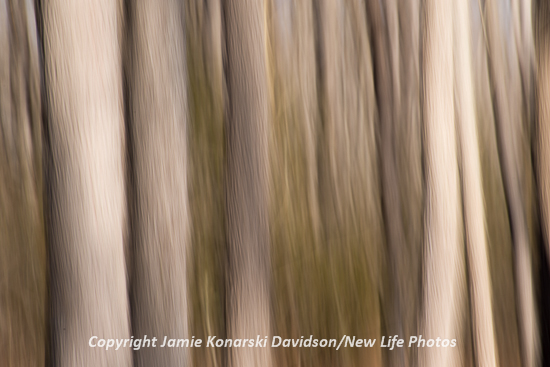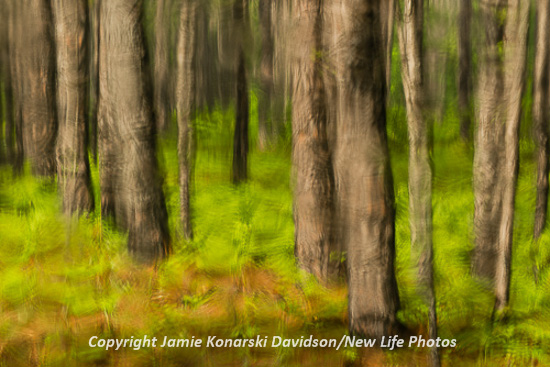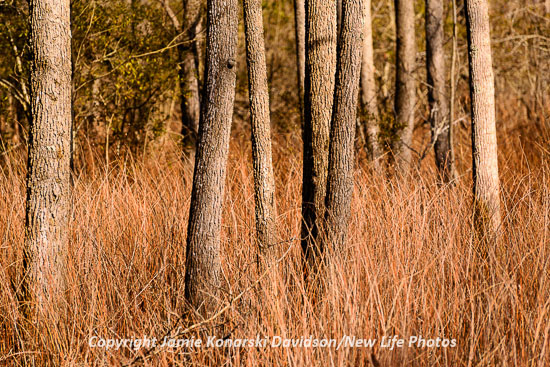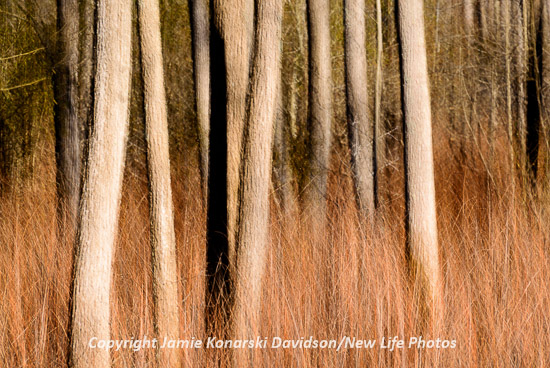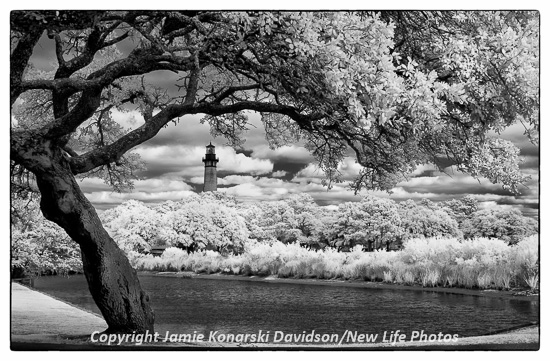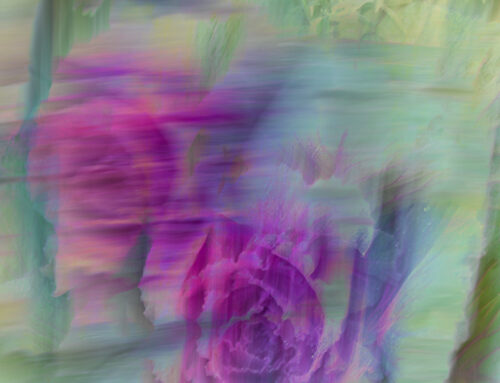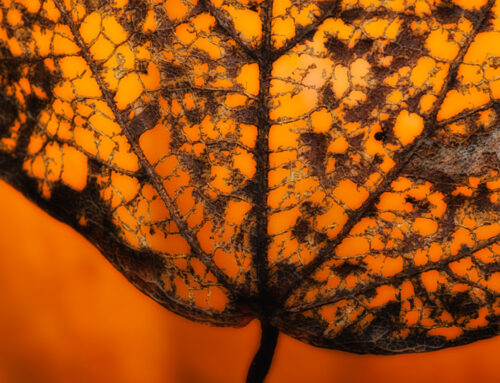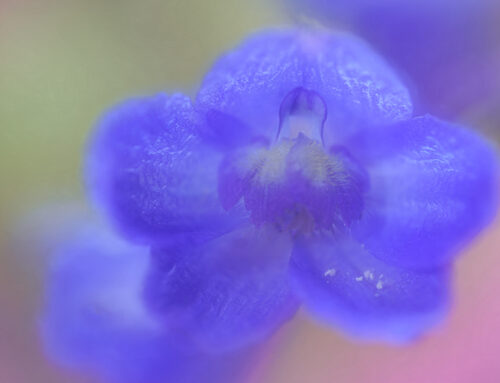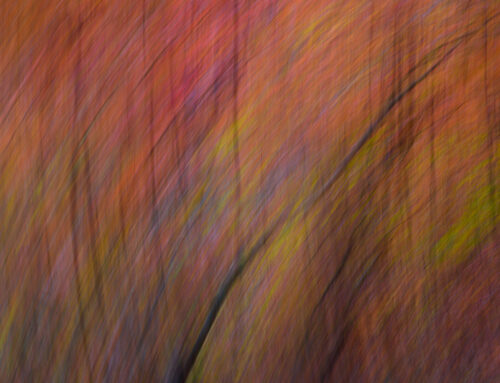Most photographers you ask would tell you that after the sun comes up and high noon approaches you might as well pack up your camera gear go eat or take a nap or both. Except for the napping, there are times when I would agree. However, the blanket statement that “there are no good pictures to be made at high noon” has a lot of holes and many tattered edges.
For instance, when skies are overcast and the day is draped with soft, diffuse light, this makes the colors rich and saturated and incredibly wonderful for macro, close-ups and intimate landscapes. With the exception of torrential downpours, on a rainy day it’s entirely possible to capture exquisite moments under cover of rain gear, umbrellas, and shelters or even from the car window. In fact, shooting through your windshield during a rain shower can offer up painterly views of the landscape.
So, what about when the sun IS out and glaring through the scene? What then? Well, I say that if you choose to take a nap or get a bite to eat, there’s a chance you could miss something special. You still have options, but you have to arm yourself with openness and put your “noticers” on alert. With your eyes and mind open, you’ll be surprise at what you discover. It’s not the time for grand landscapes, but rather a time for looking for and seeing something differently.
Here’s a situation that occurred recently on a visit to a wildlife refuge. Morning light was gone. High noon is fast approaching. What to do? Note: All three of the these images were taken within a span of 11 minutes just after “high noon.” As someone with a thing for trees, I had already noticed a stand of trees with light and shadows dancing across the tall grasses. The first of these three images was what caught my attention as a place of potential – the light and shadows, dark and light tree bark and light tan grasses. The straight shot here is the handshake – just the introduction. Some would stop right here, but this leaves no lasting impression.
What if we try some in-camera multiple exposures? Now, we’re digging a little deeper and have an opportunity to get to know more. Something different … getting there, but not quite. Another area of the refuge earlier in the day worked much better for this technique.
So, how about some playing with intentional camera movement? With the aperture set at f/22 and ISO at 50, the shutter speed was slow enough to have some fun. I simply found the best area for starting the up/down motion and worked it until the best speed and range of movement gave me what turned on the “happy light.” This abstract interpretation of that stand of trees at high noon hit the spot. I was happy.
Of course, this doesn’t even begin to address the idea that bright, contrasty light is simply an invitation to get out the infrared camera and start shooting subjects in the light that we cannot see. With the addition of a converted IR camera (Nikon D90 at 590nm) in my bag, the potential for all-day shooting adventures are endless. I’ll share more on this next month. Suffice to say that with great subjects you can work magic in infrared and discover great opportunities for image making.

